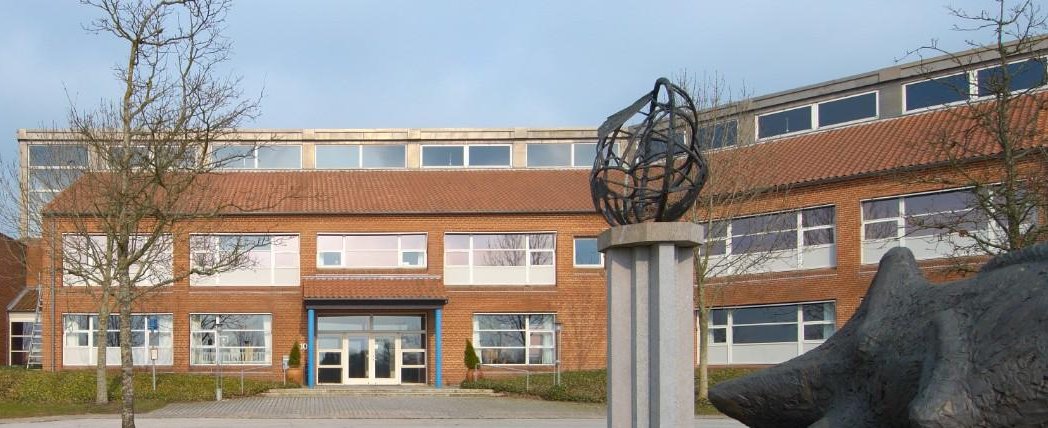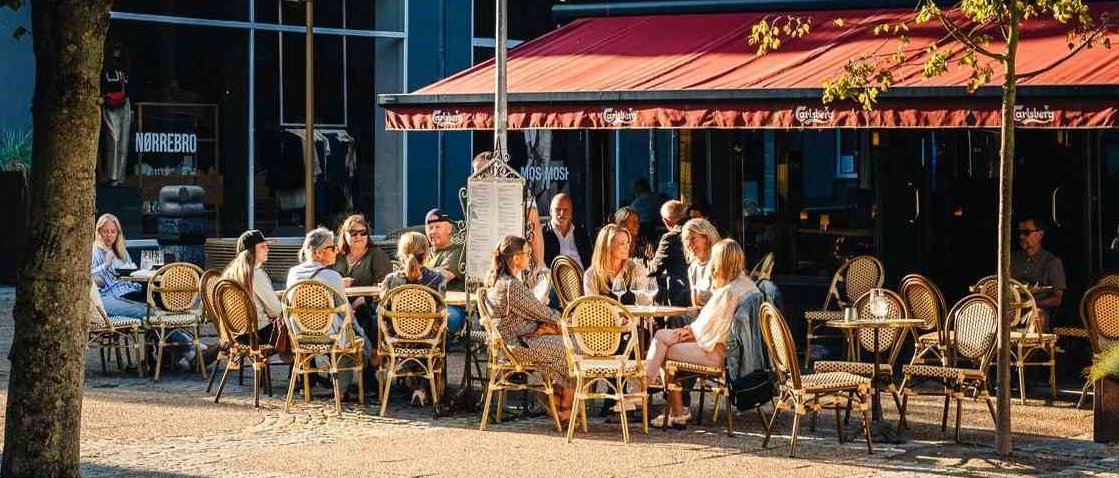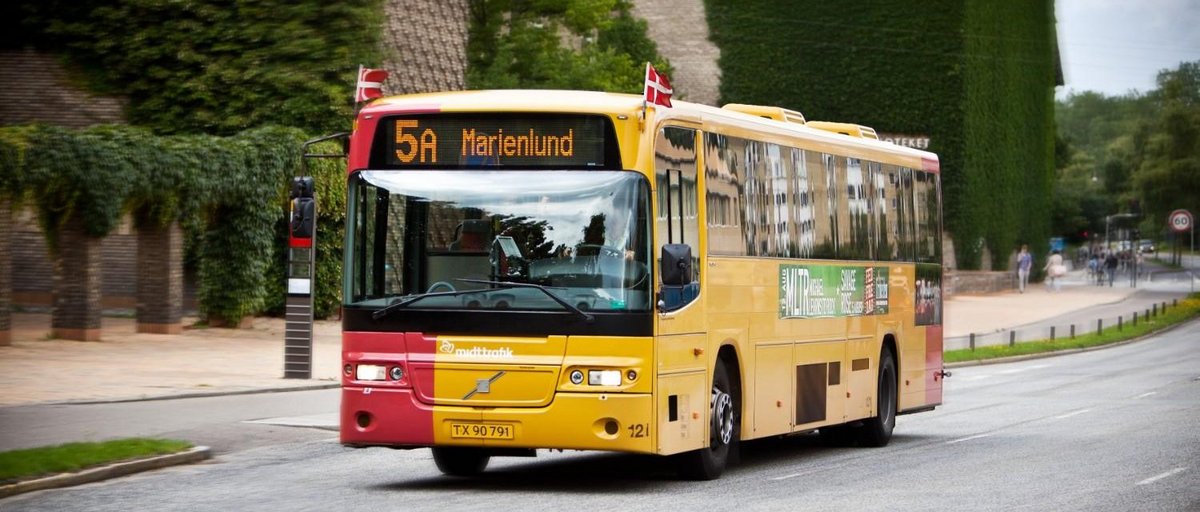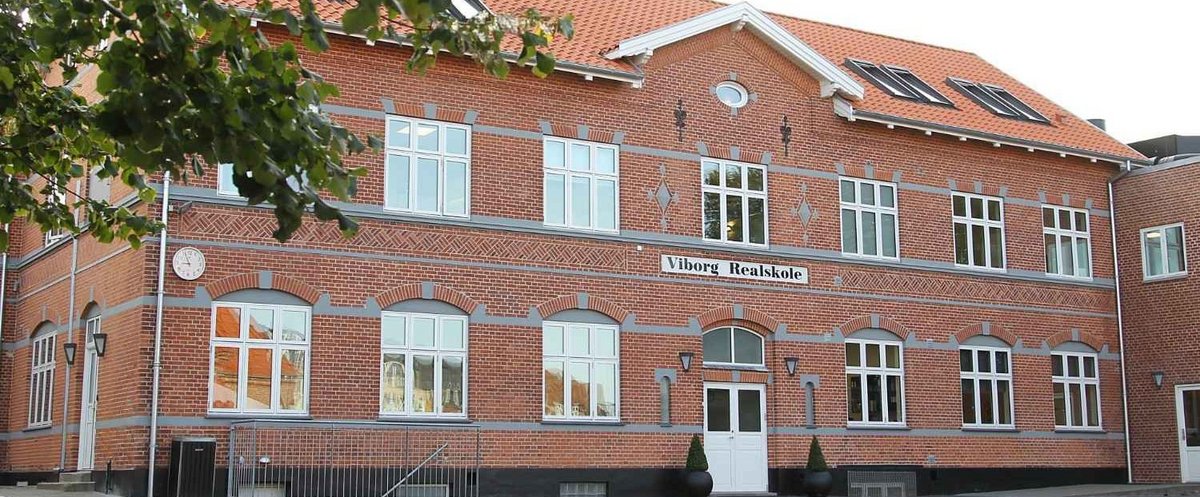
We have gathered some information about Viborg and a few of the locations around Viborg for Aarhus University (AU) employees and students who are considering living in these areas.
Viborg was the capital of Denmark in the Middle Ages. Viborg’s historical heritage is still visible today in the Viborg Cathedral Quarter, where you can visit museums and sign up for guided tours. Viborg also boasts beautiful natural landscapes, such as the Viborg Lakes and the ‘Hærvejen’ hiking trail.
In the centre of Viborg, there is an international primary and lower secondary school and two large shopping centres with supermarkets.
It takes around 15 minutes by car or 30 minutes by bus to commute from the centre of Viborg to Aarhus University Viborg.

Randers is the fourth largest city in Central Jutland with approximately 64,000 inhabitants. It has several supermarkets and a large shopping centre.
From Randers, it takes around 40 minutes by car or 1 hour 10 minutes by bus to commute to Aarhus University Viborg.

Aarhus is the second largest city in Denmark and has around 335,000 inhabitants. It is also home to Aarhus University’s main campus. Aarhus has an international daycare institution and an International Baccalaureate (IB) school. You can read more about Aarhus on the Aarhus and its surroundings page.
It takes around 1 hour to get from Aarhus to Aarhus University Viborg by car or 2 hours on public transport.

If you prefer a short commute, there are housing options in Viborg. You can also choose to live in Randers or Aarhus if you do not mind a longer commute. Renting a property in Viborg or Randers is more affordable than in Aarhus.
Aarhus University has a limited number of furnished temporary accommodation in Viborg available for both AU staff and students.
Regardless of where you decide to live, the Relocation Service at the International Staff Office can help you and your accompanying family find a place to call home.
You can also find accommodation via the AU Staff Housing Portal, which provides a platform for private landlords to let or sublet their homes to AU international employees. We recommend that you fill out a 'seeking form' on the website to notify potential landlords that you are looking for housing.
For students, visit the housing options for international students at AU page for information about housing.

Public transport is popular in Denmark because it is convenient and environmentally friendly. You can read about public transport in Denmark on VisitDenmark’s how to get around Denmark with public transport page.
There is a big difference between the public transport in small and larger cities, and if you need to switch between buses or trains, you can expect the commuting time to be longer.

No matter where you live in Denmark, joining a club or association is a great way to socialise with like-minded people. There are over 100,000 clubs and associations in Denmark, and there is even an old saying: When two Danes meet, they shake hands, but when three Danes meet, they form an association.
Municipalities often list the clubs and associations you can join on their website. Find the clubs and associations in Viborg (in Danish).
Aarhus is home to the International Community, which hosts events and activities for internationals setting up a new life in Denmark.

Moving to another country with your partner can be an exciting yet challenging experience. This is why we recommend that your partner registers to the Expat Partner Programme to make the transition of moving to Denmark as smooth and enjoyable as possible. The Expat Partner advisors can help your partner with everything from career advice to social networks and support resources.
The Expat Partner Programme is available to international partners of Aarhus University’s employed staff from postdoc level and up.

In Denmark, every child is offered a place at a public childcare facility from the age of 6 months. There is an international kindergarten in Viborg and Aarhus. You can also enrol your child in a Danish daycare, which might give you a shorter commuting time, as there are many Danish daycare institutions and they are often close to residential areas.
The government pays at least 75 percent of the childcare fee depending on your income, but the exact amount parents pay depends on the municipality.
If you are an Aarhus University staff member, please contact the Relocation Service at the International Staff Office for more information about childcare in Viborg.
Selecting a school is a personal choice. For that reason, we recommend that you research each of the schools you are considering before making a final decision.
The closest international primary and lower secondary schools to Aarhus University Viborg are in Viborg and Aarhus. Unlike Danish public schools that are free of charge, international schools require a monthly fee.
Viborg International School follows the Cambridge international curriculum. The school is located in the centre of Viborg.
Aarhus International School follows the International Baccalaureate (IB) Diploma Programme. The school is located in the centre of Aarhus.
You can see a full list of all the international schools in Denmark on the International basic schools in Denmark page (‘basic’ indicates primary and lower secondary education).
The closest international upper-secondary schools to Aarhus University Viborg are in Viborg and Aarhus.
Viborg Cathedral School follows the International Baccalaureate (IB) Diploma Programme. The school is located in the centre of Viborg.
Aarhus Gymnasium follows the International Baccalaureate (IB) Diploma Programme. The school is located in the north-west of Aarhus.
Danish public schools are free of charge, and the majority of children in Denmark go to public school. There are many public schools across Denmark, so it is likely that there is one close to where you live. Viborg has 25 public schools.
If your child does not speak Danish but you would like them to attend a Danish general public school, they need to enrol in reception classes first. Reception classes function as a bridging programme for children who need to develop their Danish skills before they can attend a general public school. Aarhus offers reception classes to children who cannot speak Danish.
If you choose to live in Viborg or Randers, your child will receive ‘Danish as a second language’ classes as a part of their school teaching instead of reception classes.
If you are an Aarhus University staff member, please contact the Relocation Service at the International Staff Office for more information about schooling options in Viborg.

All international residents in Denmark can sign up for the Danish Education Programme. The programme consists of:
The programme is free but requires a deposit of DKK 2,000, which you get back once you have completed a module or the full programme.
Each municipality in Denmark has its own official Danish course provider, but most language schools offer both online and in-person classes. Sprogcenter Viborg (in Danish) is the official Danish course provider for Viborg Municipality. Sprogcenter Viborg has in-person classes located in Viborg. If you prefer online classes, some language schools (such as A2B) offer language courses that are entirely online.
Aarhus University staff and PhD students can read more on the Danish lessons for AU international staff and accompanying partners page.
If you are a student, you can read about Danish language classes and the rules that apply to you on the learn Danish page.
Aarhus University has an overview of the expenses of living in Denmark for AU staff, PhD students and other students. The overview shows the costs of living in Aarhus, but since expenses (other than for housing) are similar across Denmark, you can use the information as a guide regardless of which city you live in.
When it comes to housing expenses, rent can vary a lot from place to place. The further you move away from the city centres, the less expensive your rent becomes.
For budget examples, see the cost of living page.
At the Aarhus University Viborg Campus, there are approximately 100 academic staff members, 70 administrative staff members, 40 PhD students and 55 other students.